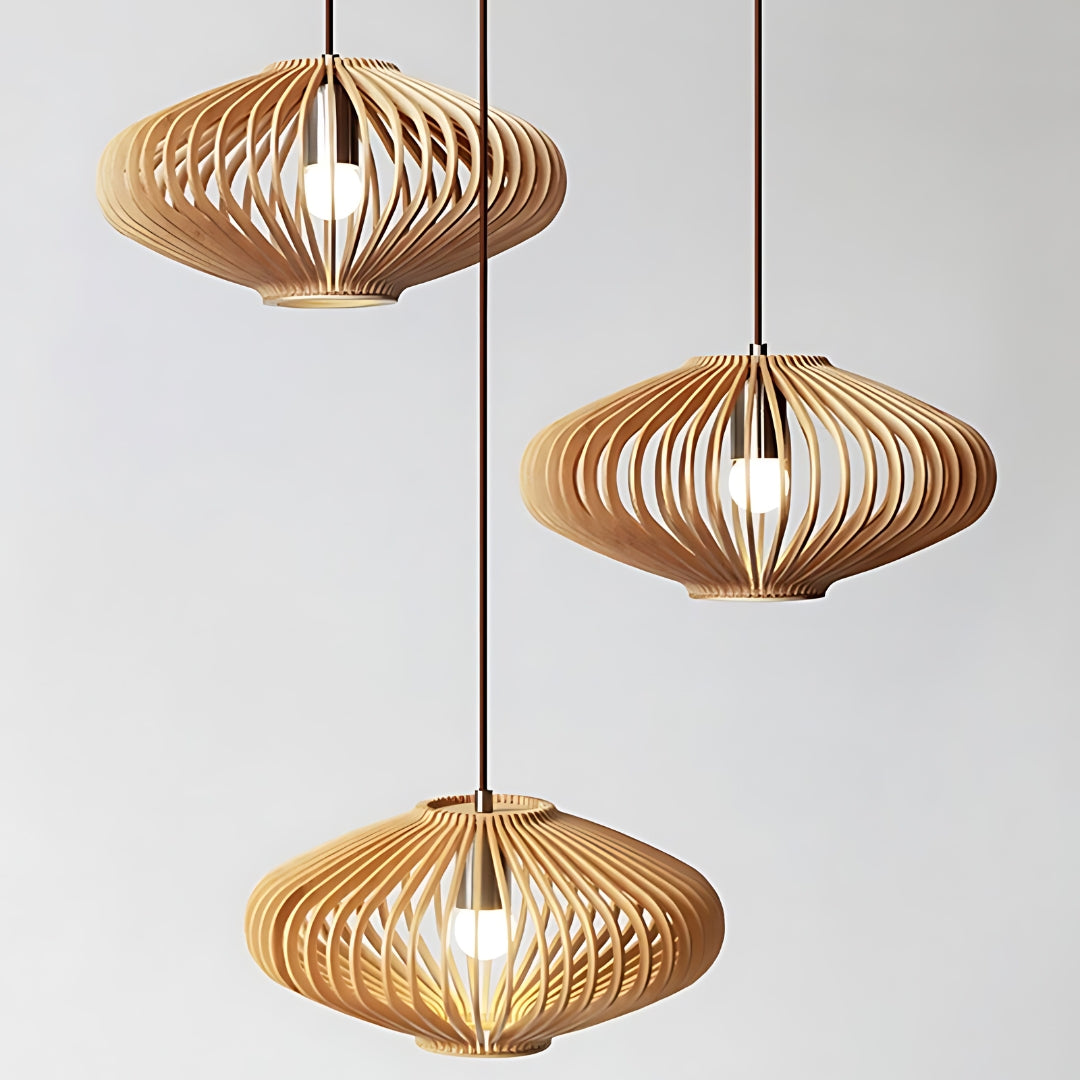The Role of Lighting in Interior Design: Tips from the Pros
Welcome to our guide on the pivotal role that lighting plays in interior design! Whether it's creating a cozy ambiance in the living room or enhancing productivity in your home office, lighting can truly transform the look and feel of any space. In this article, we'll share valuable insights and tips from professional interior designers to help you master the art of lighting design in your home.
The Importance of Lighting Design
Lighting is not just about illuminating a room; it's a crucial element in shaping the overall atmosphere and functionality of a space. The right lighting can highlight architectural features, create focal points, and set the mood for different activities.
Types of Lighting
When it comes to interior design, there are three main types of lighting: ambient, task, and accent lighting. Ambient lighting provides overall illumination, while task lighting is focused on specific work areas. Accent lighting, on the other hand, is used to enhance architectural details or artwork.
Choosing the Right Fixtures
When selecting lighting fixtures for your space, it's essential to consider both form and function. Chandeliers, lamps, ceiling lights, and pendant lighting all offer unique design elements that can complement your decor and provide the right amount of light for each area.
Chandeliers
Chandeliers are a timeless lighting option that can add sophistication and elegance to any room. Whether you choose a classic crystal chandelier or a modern, minimalist design, these fixtures can serve as stunning focal points in dining rooms, entryways, or bedrooms.
Lamps
Table lamps and floor lamps are versatile lighting solutions that can add style and warmth to your living spaces. From reading nooks to bedside tables, the right lamp can create a cozy ambiance while offering functional task lighting.
Ceiling Lights
Ceiling lights come in various styles, including flush mounts, semi-flush mounts, and recessed lighting. These fixtures are perfect for providing ambient lighting in hallways, kitchens, or bathrooms, where overhead illumination is needed.
Pendant Lighting
Pendant lights are popular choices for kitchens, dining areas, and entryways. These fixtures hang from the ceiling and can be used to define zones within an open-concept space or illuminate a specific area, such as a kitchen island or dining table.
Layering Light
One of the key principles of lighting design is layering light to create depth and visual interest. By combining different types of lighting – such as overhead fixtures, table lamps, and wall sconces – you can achieve a well-balanced and dynamic lighting scheme in your home.
Lighting Control
Investing in dimmer switches, smart lighting systems, or timers can give you greater control over the intensity and color temperature of your lights. Adjusting the lighting levels throughout the day can help you create the right ambiance for any occasion, from cozy movie nights to lively dinner parties.
Lighting Design Tips from the Pros
To help you make the most of your lighting design, we've gathered some expert tips from professional interior designers:
- Consider the function of each space when selecting lighting fixtures.
- Use lighting to highlight focal points, such as artwork or architectural elements.
- Mix different types of lighting to create a layered and dynamic effect.
- Play with light and shadow to add depth and texture to your space.
- Don't forget about natural light – incorporate windows or skylights for a bright, airy feel.
Enhance Your Space with Lighting
By understanding the role of lighting in interior design and implementing these expert tips, you can elevate the look and feel of your home with the power of light. Whether you're updating your lighting fixtures or reimagining your entire lighting scheme, remember that the right lighting can truly make a difference in creating a stylish and functional space.











